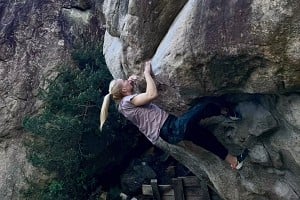
It's been two years since the infamous Randall-Bikett head-to-head on the Lakes Classic Rock Challenge, which saw its record broken repeatedly throughout a single summer, switching back and forth between the two. Things have calmed down a lot since then, with Tom Randall tapping out of the race, and Will Birkett shifting his attention elsewhere. Meanwhile, Kendal-based climber and runner Shane Ohly has been recceing and refining the route, culminating in a truly jaw-dropping time of 9hrs 22mins — breaking Will Birkett's previous record of 10hrs 41mins.
Shane will be familiar to many as the CEO of Ourea Events, which was responsible for bringing back the Dragon's Back from its 20 year hiatus. They also organise other hugely popular races, including the multi-day Cape Wrath Ultra, Northern Traverse and Great Lakeland 3 Day, as well as the various one-day races and events in/around the Salomon Skyline Scotland weekend.
Shane first shot to prominence in the 1990s as an enthusiastic teenager within the Cornish climbing scene, where he put up first ascents up to E7 to E8. He developed a reputation for being bold, with many of his ascents being both solo and onsight. He continued to excel at this style after moving to Sheffield, when - partnered with John Arran - he completed a record breaking 500 routes on Grit within 24 hours (he wrote a blog about the day here).
In the early 2000s Shane shifted his attention from climbing to running, where he went on to win major events such as the Elite OMM, LAMM and Highlander Mountain Marathon. He also excelled in solo winter adventures, having held the Winter Charlie Ramsay Round record between 2008-2012 and being the current record holder for a solo/unsupported Winter Bob Graham.
In short: Shane has a fairly unique set of skills in both climbing and running...
For those who are unfamiliar with who you are, can you tell us a bit about your climbing and running background.
I've been a climber since my mid-teens and continue to regularly climb 30 years later. Although I spend much more time running now, I think I'll always be a climber first. I had a brief spell of climbing professionally and have always been fascinated with risk and soloing. Over many decades I've soloed 1000s of routes and I've always been attracted to adventurous, quirky and esoteric challenges.
You first had the idea of doing the Lakes Classic Rock Challenge three years ago, back when it was relatively obscure. How did you hear about it and what drew you to it?
I'd read about the Nick Wharton and Brian Davidson Classic Rock link-up many years ago and had been inspired then, but it was only during lock-down that I decided to commit some real time and effort to the challenge.
From that moment, was your intention to break the record - or just to complete it?
I wanted to have a brilliant day out in my local mountains combining two of my greatest loves, climbing and running. Perhaps I nearly lost sight of that as my preparations gained momentum, but it was about testing myself against myself and not about how I compared to anyone else.

What was your reaction the following year, when the record was repeatedly broken, bringing it down from Chris Fisher's time of 15hrs 25mins in 2019 down to Will Birkett's time of 10hrs 41mins at the end of 2020?
Jealous that I couldn't play too. Particularly in 2020, I was out of action during the crucial summer period with Achilles tendinitis. Talk is cheap though and I tried hard (not always successfully) not to be overconfident when discussing my Classic Rock ambitions with friends.
In light of the reduction, how did you go about reassessing your own record attempt?
I didn't change anything. By this stage, I already had my 8h30m schedule and I knew I just needed to methodically work through my preparation and that my time would come.
Where did you foresee the greatest gains to be made in terms of your time?
I don't think that there is much to be gained from the climbing splits because even the best climbers will only be able to make small gains. However, the running time could be blown apart. The challenge, as I found, would be to balance how tired you get whilst running, with your risk appetite while soloing.
How did you go about preparing/training for the running aspect of the challenge?
I broke down the entire challenge into its component parts, created a big spreadsheet and methodically built back up all the elements that need to be right for an optimum link-up. Every component had a traffic light summary (red = not ready, orange = not optimal, green = go). Each running section and each climb were repeatedly done again and again until I was 100% certain that each element was optimised. Each year I'd reset everything to red and then work through the climbs and the route until they were green again. This year was my third year of preparation so it's fair to say that I was very thorough!
You've struggled with an ongoing hamstring injury - how did this affect your training (and your attempt)?
For the last few years, I've struggled to find consistency in my training because of various injuries (left Achilles tendinitis, right patellofemoral syndrome, right hamstring tendinopathy, right elbow tendonitis… this list goes on, but you get the idea!). Basically, I've found that hard training or long training will cause a flare-up that might take a week to settle. I'd been slowly working through endless rehab and building some momentum again, but two months again I just decided to ****** it and go back to some harder training and see what happened. To my surprise, the pain from the niggles didn't get any worse and I was able to start banking some more quality sessions. I committed most of my time to repeated recceing sections of the Classic Rock route, constantly building fitness and familiarity until suddenly I found myself running on that 8h30m schedule. I knew then that the time had come.
How did you go about recceing the routes?
I soloed each of the routes in my climbing shoes first, then swapped to the running shoes. Whenever I felt slightly nervous about a climb, I knew that I needed to change that into a strength, and there was no other way, other than repeatedly solo the climb. Typically, what I would do is arrive at the crag, and carefully climb the routes (always up first) to re-familiarise myself, then I'd climb them in the sequence needed for Classic Rock (i.e. down one, up another), and finally, I'd put in a speed effort climbing the whole sequence of routes as quickly as I could. Often this might mean 3-5 laps of all the routes at a crag with each visit.
Were there specific routes, or moves, that worried you throughout the challenge?
Worrying is the wrong word, but there are three moments that I knew would feel especially committing. First, downclimbing C Route at Gimmer. It just feels a little crazy to be standing next to the abseil chains, about to downclimb that intimidating sweep of rock. Second is the crux mantle of Jones Route. I'd worked out my own technique that felt secure enough and suited my style of climbing, but it still involved a delicate mantelshelf onto my knee. Finally, moving out of the corner groove on Moss Ghyll Grooves, while climbing in trainers, requires absolute commitment and focus.
Which routes did you end up down climbing?
Up: Murray's Route (S)
Up: Bracket & Slab (S)
Down: C Route (S)
Down: Ash Tree Slabs (VD)
Up: Bowfell Buttress (VD)
Up Jones Route (S)
Up: Moss Ghyll Grooves (VS)
Up: Tophet Wall (HS)
Down: Needle Ridge (VD)
Up and Down: Napes Needle (HS)
Down: New West Climb (VD)
Up: Rib and Slab Climb (S)
Down: Gillercombe Buttress (S)
Up: Troutdale Pinnacle (S)
Up: Little Chamonix (VD)
What were the greatest efficiencies you made in the routes themselves?
Climbing in my running shoes improved efficiency but increased risk. Knowing both the running and climbing routes intimately was a huge boost because I never once needed to think about where I was going next: on a macro level (how to run from one crag to the next) or micro (which hold do I use next). I also applied a ruthlessly efficient approach to always having forward movement, which I have learnt from my mountain marathon experience. For example, getting my chalk bag out in the final 100m approach so that when I arrived at the crag, I was able to climb immediately. Mark Bullock will have witnessed this at Gimmer when I didn't break stride as I arrived at the crag and hardly spoke to him (sorry Mark I was rude, but I was in the zone).
You opted to climb the routes wearing your fell running shoes, which differs from the approach Tom and Will had (they both changed into climbing shoes). Tell us a bit about why you made this decision, what it was like to climb in them, and what shoes you were wearing.
Taking your climbing shoes on and off takes time. Climbing in my running shoes (often wet running shoes) certainly adds risk, but there was an obvious efficiency gain to be won if your climbing ability could soak up that risk. I wore VJ iROCK 3 shoes. Before committing to this shoe, I tried climbing in various other brands, but I found that the grip from the iROCK's butyl rubber sole was best suited to climbing. I ran in shoes ½ a size too small, which hurt my feet and bruised my toes but gave me the fit I needed to climb confidently.
What other kit did you wear/use on the day?
I wouldn't have passed kit check at one of my own events! It was very minimal. I carried a super light windproof jacket… and well, that's it. I was wearing Salomon shorts, Crazy vest, Montane vest pack, VJ iROCK 3 shoes and gaiters (I didn't want to lose a second faffing with debris in my shoes).
Was there anything you decided not to use/carry, which you'd originally planned to?
No. By the time I was ready to go, I had my kit dialled.
Given that you're running/climbing for 9hrs+, how did you manage nutrition and hydration?
Endurance sport is always an eating challenge! I ran with two 400ml soft flasks that I filled periodically direct from streams. In total, I drank ~3 litres throughout the day all mixed with High5 Zero electrolyte. Nutrition wise I used a combination of pure sugar and caffeine combined with more complex carbohydrates: Mountain Fuel gels, VOOM bars, Trek flapjacks and Supernatural Fuel. I eat something every 30 minutes.
You decided to dial back the pace/schedule by 10% for the attempt itself, just to give yourself a margin for error. What were your experiences at maximum effort and the effect it had on both your running and climbing (and the combination of the two), compared to dialling it back a bit?
This is the most important decision I made, and despite three years of preparation I only made this decision the day before. When I decided I wanted to have a serious go at Classic Rock, I reviewed my training diary and looked for similar 50km race efforts. This gave me a solid steer on how fast I could run if I committed to a 100% 'race' effort. It wasn't hard to estimate the climbing times and therefore I quickly had a theoretical schedule of 8h30m. The last few years have been marred by a succession of running injuries, but I slowly built up until in the last month I was finally completing large sections (30km) of the route and climbing while maintaining that 8h30m pace.
The problem was that I was now getting sufficiently fatigued while running that I was having problems with the climbing: I'd pull on the loose hold that I knew I mustn't touch and, on a few occasions, I had got cramp while high stepping. That said, I was still planning to bury myself in an all-out running effort and accept the increased soloing risk. Reflecting in the days before the attempt I realised that the two most important goals of the day were 1) not to die and 2) to enjoy the experience. I just added an hour back onto the running splits, turning the all-out race effort into a long hard training run. I was still tired and sore at the end of the day, but what I had was a brilliant day in the hills, totally in control and I'm really delighted that I didn't kill myself chasing my ego.
On the day itself, what were the conditions like?
Almost perfect. There was not a single wet hold on any of the routes, and because it was overcast for much of the day, it was an ideal temperature for a big endurance effort. The ground could have been drier, and I did climb all but Murray's Route (the first route on Dow Crag) in wet shoes.
Did it all go as planned, or did anything unexpected happen?
No surprises. I'd spent so much time on the route (both climbing and running) and visualising how I would execute my attempt that there really were no surprises on the day. It felt smooth, and I felt confident and calm throughout the day.
Were there any particular highlights (or lowlights)?
Scafell marks the psychological halfway point for me, and I felt a sense of relief to have climbed those two routes safely.
How did it feel to (finally) be sat on top of Little Chamonix, having completed a three year project?
Relieved and happy. My wife Heather was there to meet me, and it was a relief for both of us. It is very satisfying to complete such a long-term project in good style. That night I repeatedly woke up from falling-off dreams: I think that there must have been a significant underlying psychological stress to my preparations.
You went to great lengths in ensuring your record could be authenticated, providing not only a GPS reading from your watch, but also getting an independent reading from Open Tracking. Can you tell us why this was so important to you?
There have been some notable examples of false claims in both the running and climbing world and I believe that there is an onus on anyone attempting a record to provide sufficient evidence to validate their claim given how easy it is to record (video) or track (GPS) an activity these days.
The GPS tracking would be able to prove that I had run the route, but the precision of the tracking is not sufficient for complex crag terrain and the GPS track whilst climbing looks like a spaghetti monster i.e. you could prove something was climbed but not which route. Therefore, I planned that some friends would watch me climb some of the climbs. They were going to turn up at whatever crag they wanted to. I wouldn't know which crags they'd choose to visit, and the GPS tracker (plus the schedule) would allow them to intercept me. On the day, none of these friends was available, I could hardly wait for another day given how weather and conditions dependent it was, so I just had to go. Fortunately, there were climbers on some of the crags to witness the climbing, but not all.
Most records (or first ascents for that matter) are done by people with a track record of similar and validated achievements. Therefore, when the evidence is lacking, you can look to the pedigree of the person and make an informed assessment of the likelihood of their achievement.
While Classic Rock was never about the record for me, I did want my time to be beyond reasonable doubt!
You're about to go into a fairly full-on schedule in the lead-up to this year's Dragon's Back. Can you tell us a bit about what the next few weeks entail in order to make that happen?
The Ourea Events team have a very challenging few weeks ahead of us with the Montane Dragon's Back Race®, followed immediately by Salomon Skyline Scotland®. The Dragon's Back Race® has complex logistical and operational challenges that absorb massive amounts of management time over the full 12 months between each event. Likewise, the intensity of Skyline Scotland® is something else with 9 different trail, mountain and sky races all taking place over one weekend. It'll be a relief to get to the end of September.
And finally, the classic 'last question': what next??
Haha! Watch this space…

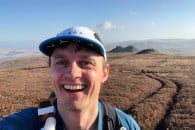

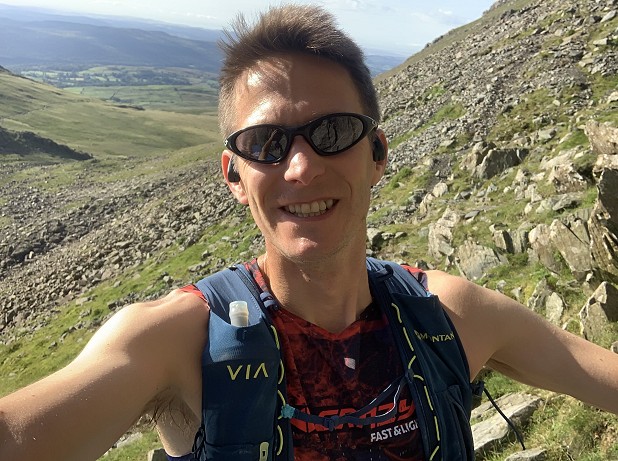
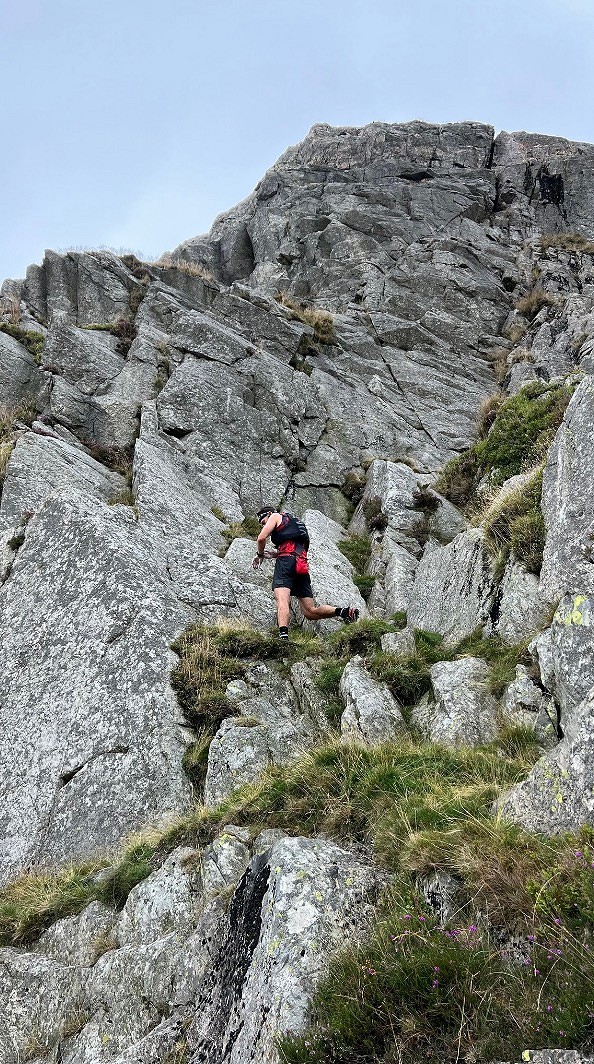
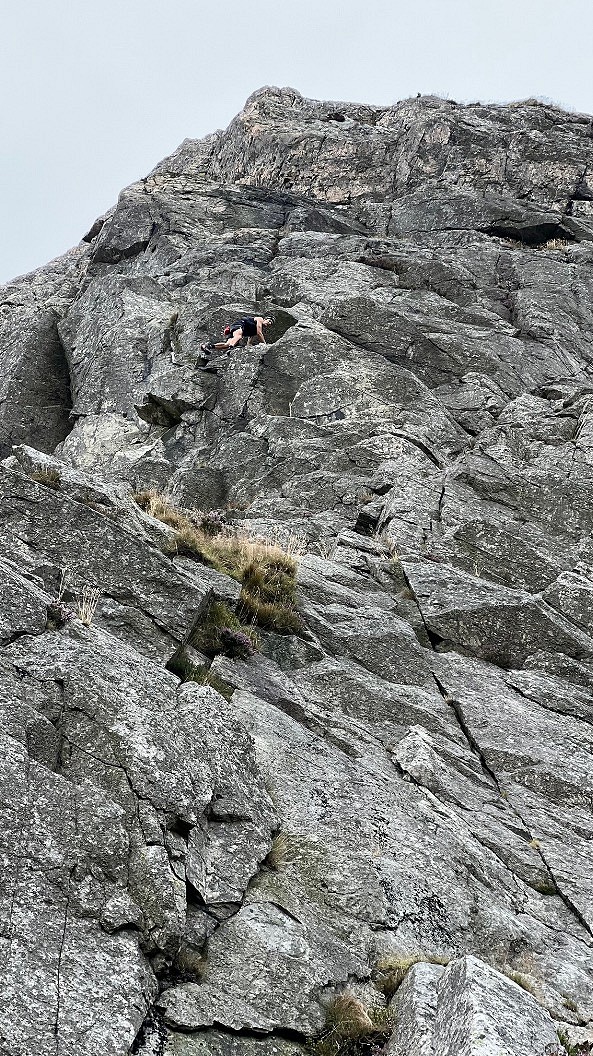
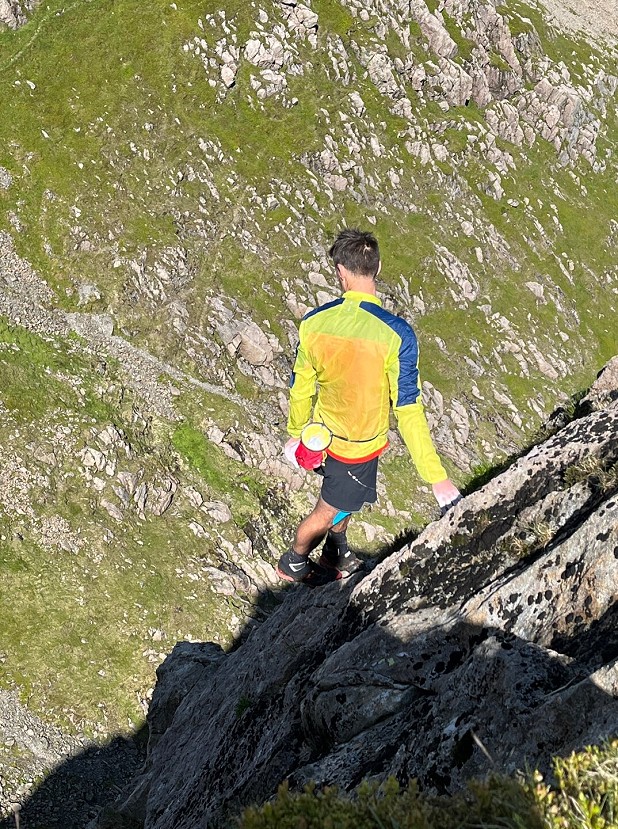

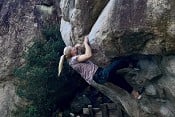




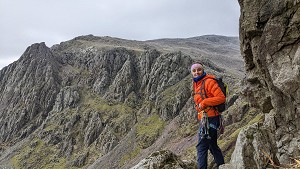

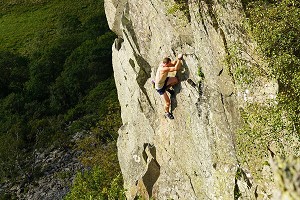
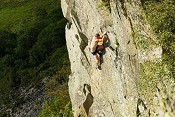

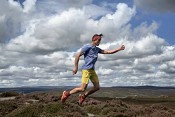
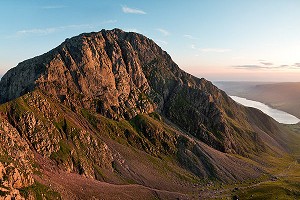
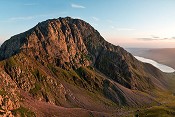
Comments
Quality effort and some real determination to nail something relatively esoteric!
Great interview, fascinating to see the level of preparation Shane put into this and that his race-pace schedule was another 50 minutes faster.
Nice one, fast! Is his track publicly available, I tried a two day attempt at the round a couple of years ago however we got bogged down in navigation and route finding, it would be good to know what is the most efficient track between the routes as it would be nice to rethink our tactics and try again for a weekend round at some point. Thanks.
I'm writing a detailed account of the day for my personal blog which will include the GPX data. It'll have to wait until after our September events though!
Sounds great, thanks.